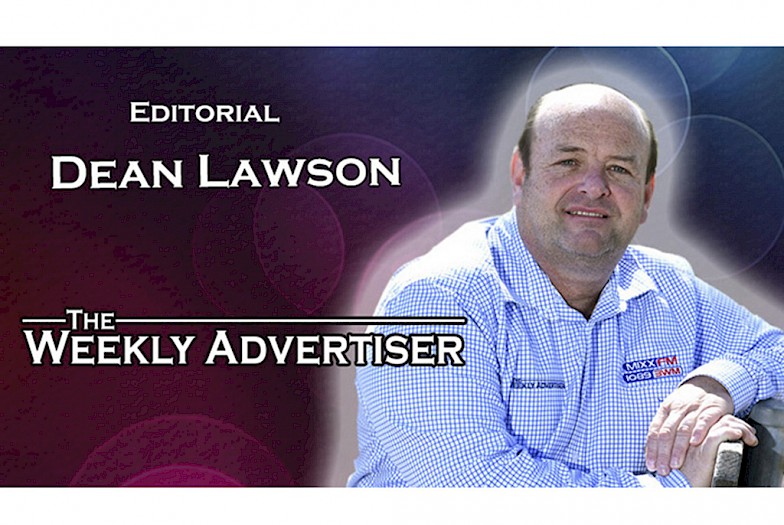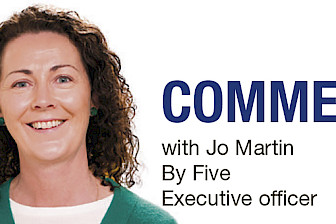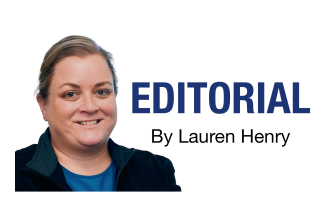Victoria’s Electoral Boundaries Commission’s proposed electoral boundaries, based on each vote having equal value, continues to be glaring in just how disproportionate the spread of people is across Victoria.
Sure enough, similar to its Federal electoral counterpart Mallee, Lowan has continued to expand and will now geographically grow beyond its 39,182 square kilometres, almost the size of Denmark and larger than Holland or Belgium.
This would be understandable in one of our more expansive states such as Western Australia, New South Wales or Queensland where overwhelming tyrannies of distance are part of everyday life.
But we’re talking about temperate and relatively small Victoria where you can easily travel from one state to the other in half a day.
It continues to mean that in the 88 electoral districts of Victoria only one lower-
house parliamentary representative, in this case Member for Lowan Emma Kealy, has the responsibility of advocating for people living geographically across almost a quarter of the state.
The boundaries reflect the number of Victorian voters and where they live. They also continue to reflect on how we’ve evolved into and maintain a heavily urbanised society.
A good or a bad thing? It depends on perspective, but the circumstance seems to certainly fall well short of capitalising on the state’s potential for widespread growth and spreading an infrastructure, development and housing load.
Of course, it will also always fuel philosophies that promote decentralisation.
If we believe what we’re hearing, COVID-19 lockdowns and a realisation that location is no longer a prerequisite for many workplaces, is stimulating a growing social interest in moving away from ‘the big smoke’.
Rural and regional growth is on the lips of many national, state, regional and industry leaders and commentators. But is it all really true and on what are their reports reflecting?
Is there really an honest shift to the regions or is it more about people moving to an outer suburb or provincial city that is only a short trip down the highway?
We know at least that people, some of them from beyond our regional cities, towns and districts, are snapping up our real-estate opportunities.
For the moment, an accurate insight into the spread of the state’s voting population are the sizes of electoral districts.
We hope in the near future that figures force the Victorian Electoral Boundaries Commission into contracting instead of expanding the state’s regional districts west of Ballarat.
It’s a big call but if it happens it will mean the regional population drift that has been hammering our communities for the past couple of decades has reversed.
We’ve been saying it for years, but for our region to prosper, we need people.
RELATED: Ripon primed for election spotlight in boundary redistribution






